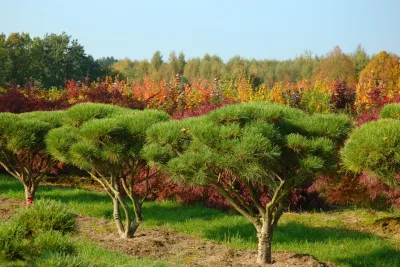Fagus sylvatica - Copper European Beech
Variety overview
- F. sylvatica
- F. sylvatica 'Asplenifolia'
- F. sylvatica 'Dawyck'
- F. sylvatica 'Dawyck Gold'
- F. sylvatica 'Dawyck Purple'
- F. sylvatica 'Laciniata'
- F. sylvatica 'Pendula'
- F. sylvatica 'Purple Fountain'
- F. sylvatica 'Purpurea Pendula'
- F. sylvatica 'Riversii'
- F. sylvatica 'Swat Magret'
- F. sylvatica purpurea
Specifications :
Origin:
Central Europe
Habit:
Large, powerful tree with dense foliage, 25-30 (40) m tall, 10-15 (25)m wide, broadly domed crown, usually with leader and arching to horizontal branches, twigs hanging to the groand when free-standing, moderate to fastgrowing, 40-60 (80) cm a year.
Bark:
Smooth, silvery grey.
Fruit:
Triangular beechnuts in soft, thorny capsules, flowers inconspicuous.
Leaves:
Ovoid, somewhat wavy, early shoots in April, fresh green; later mediumgreen; splendid yellow-orange in autumn, from beginning of October; brown leaves sometimes persistent through winter.
Roots:
Cordate or shallow roots with the greatest root density of all European trees; aggressive, but sensitive to all kinds of intervention.
Demands:
Sun to shade, can wait for light for a long time in the shade of other trees; sensitive when old to sudden exposure (bark blight); sensitive to heat, average frost hardiness; somewhat sensitive to late frost; avoids dry soil and low humidity; wind resistant; sensitive to industrial air pollution.
Soil:
All somewhat nutritious substrates, fresh to moist, slightly acidic to alkaline, loamy; sensitive to salt and soil pollution of all kinds.
Our tip:
Many topiaries available, see chapter on topiary plants. Pruned, the beech is often used as a hedge. Due to its regenerative capacity (similar to Carpinus betulus) and the adherence of the autumn leaves until spring, it offers many other possibilities for use.
Note:
Fagus sylvatica 'Atropunicea' is an old generic term for grafted copper beeches. This includes various cultivars such as 'Riversii' and 'Swat Magret'.
Hardiness:
Zone 5b

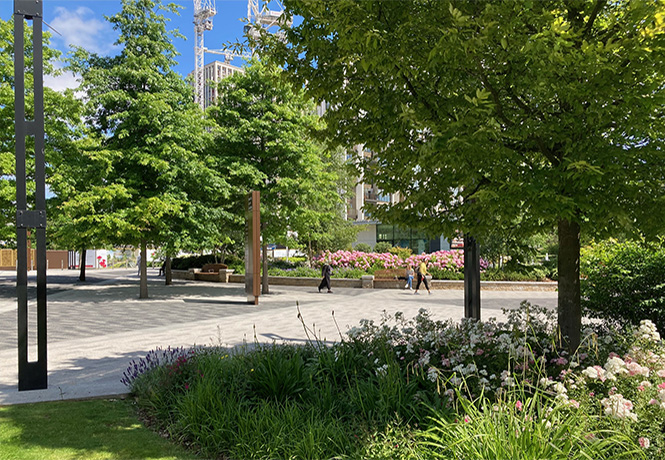
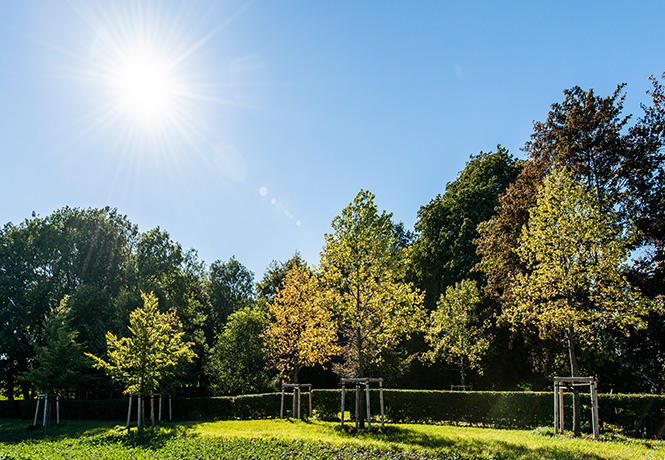
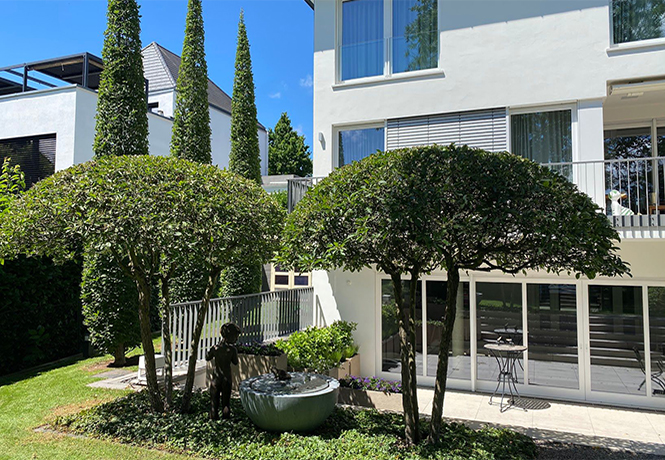
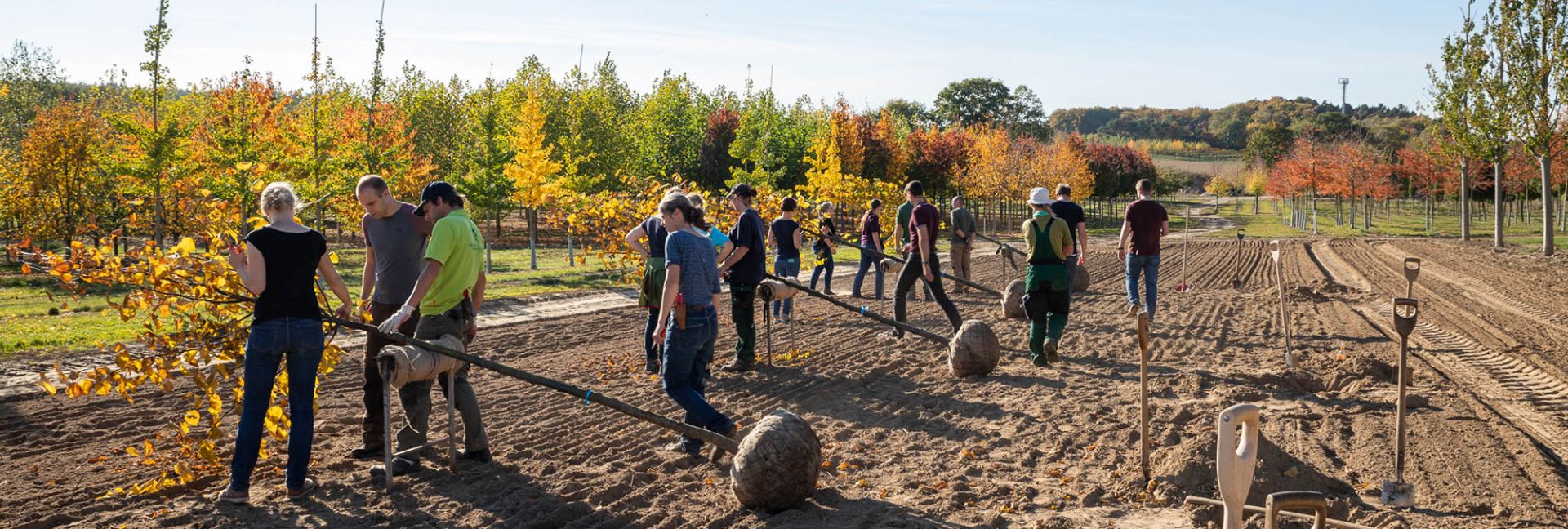

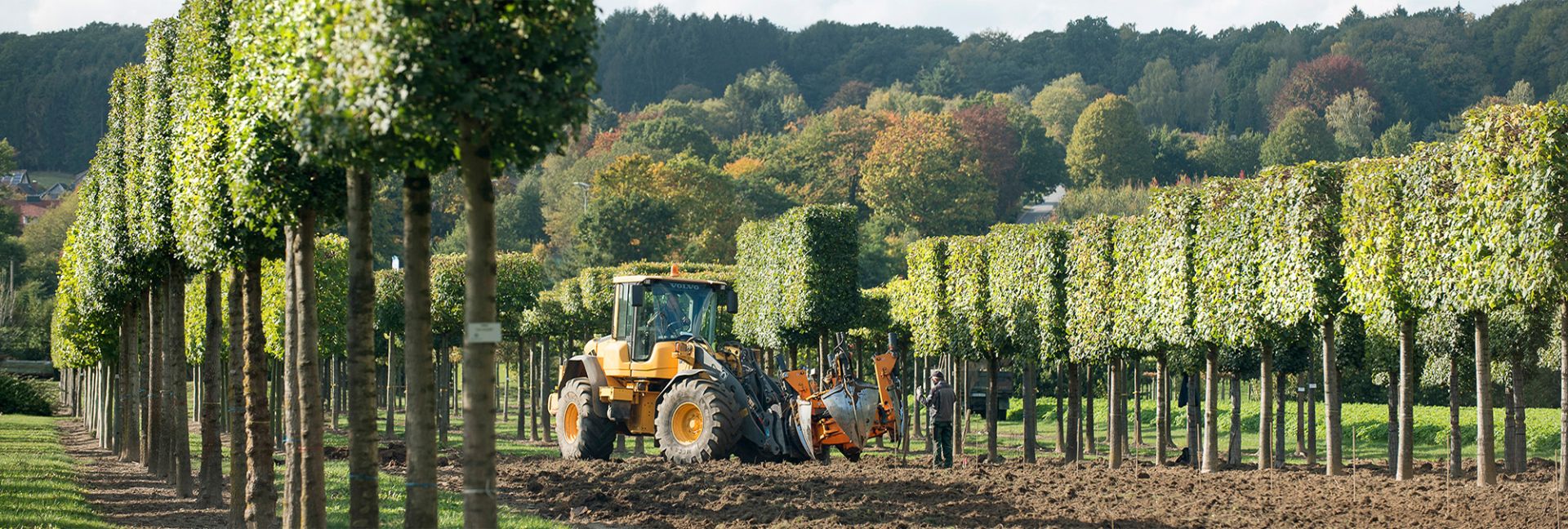
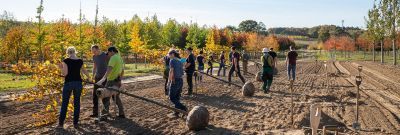
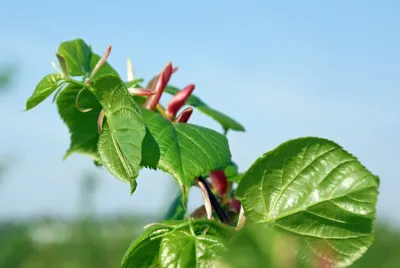
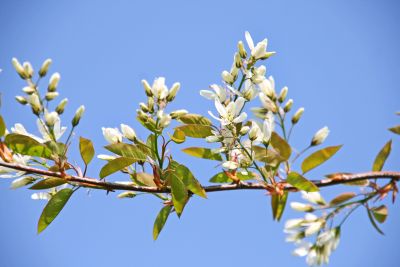
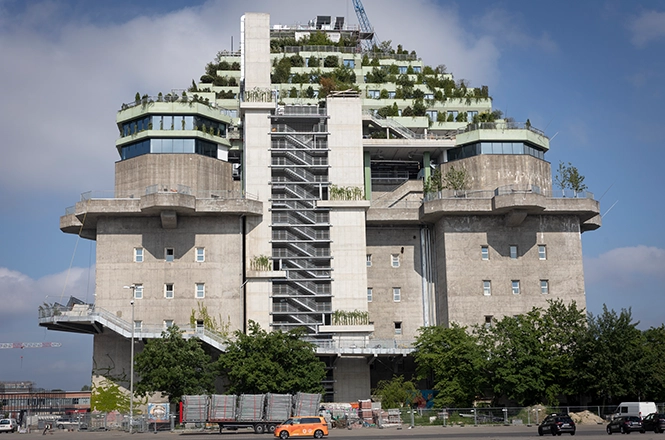
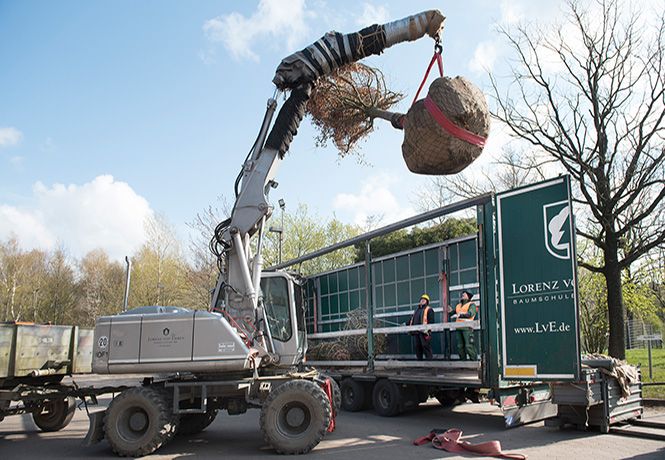
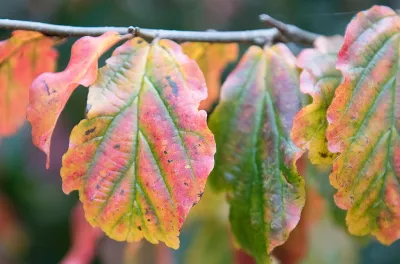
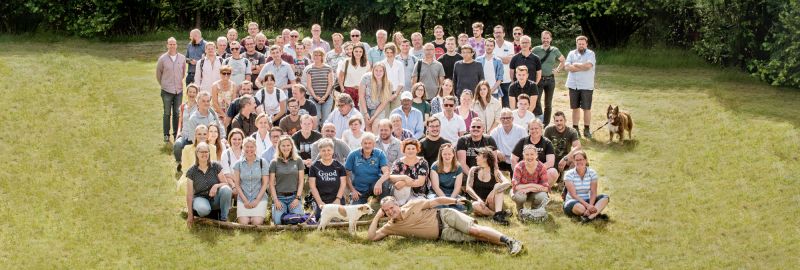

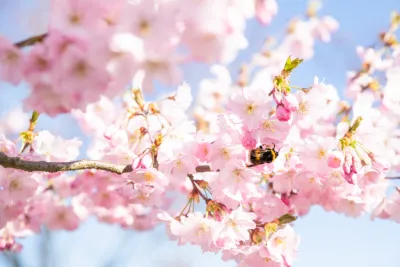
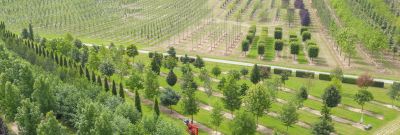
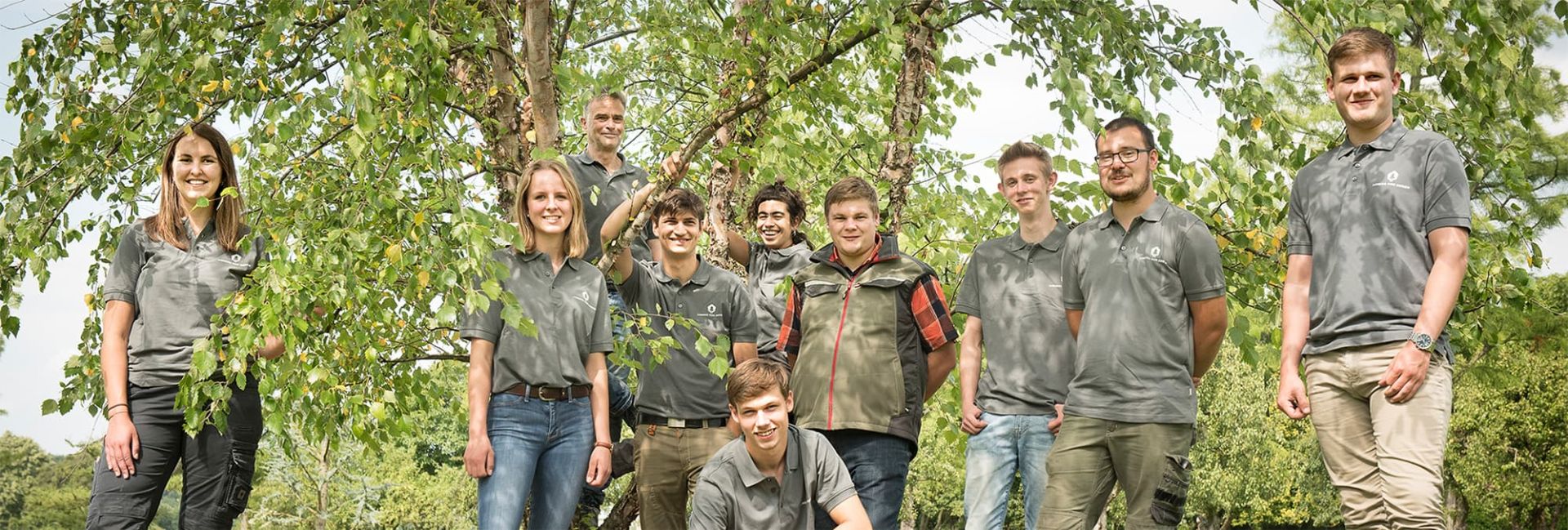

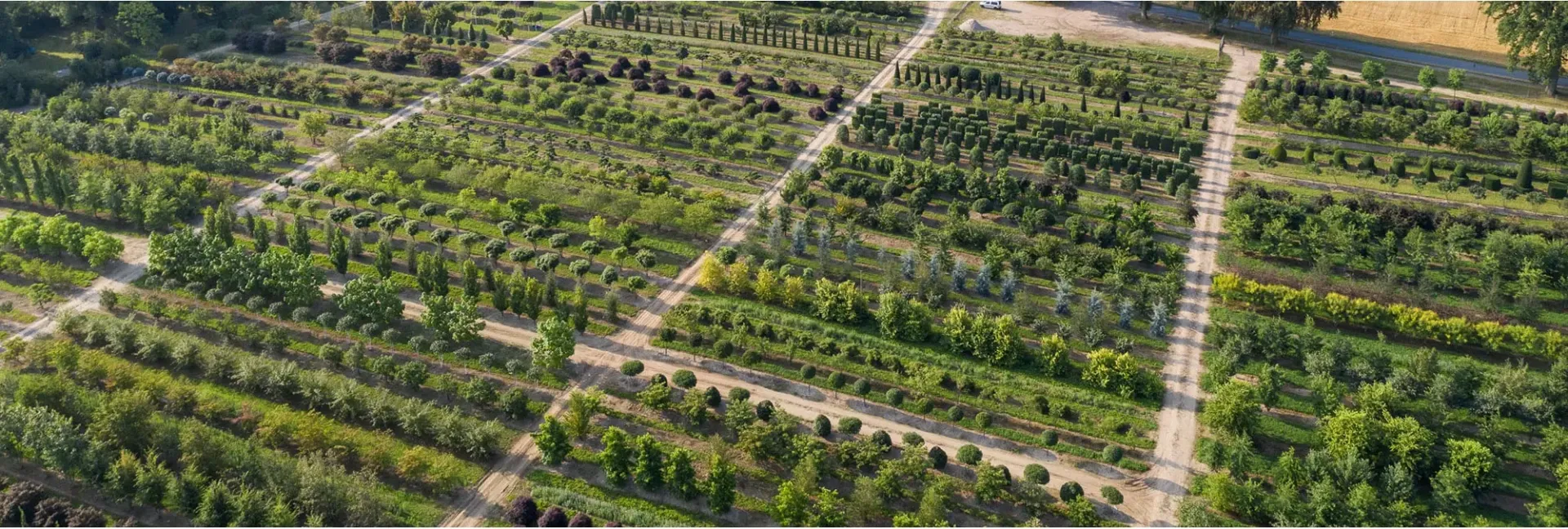
_400x400.webp)
